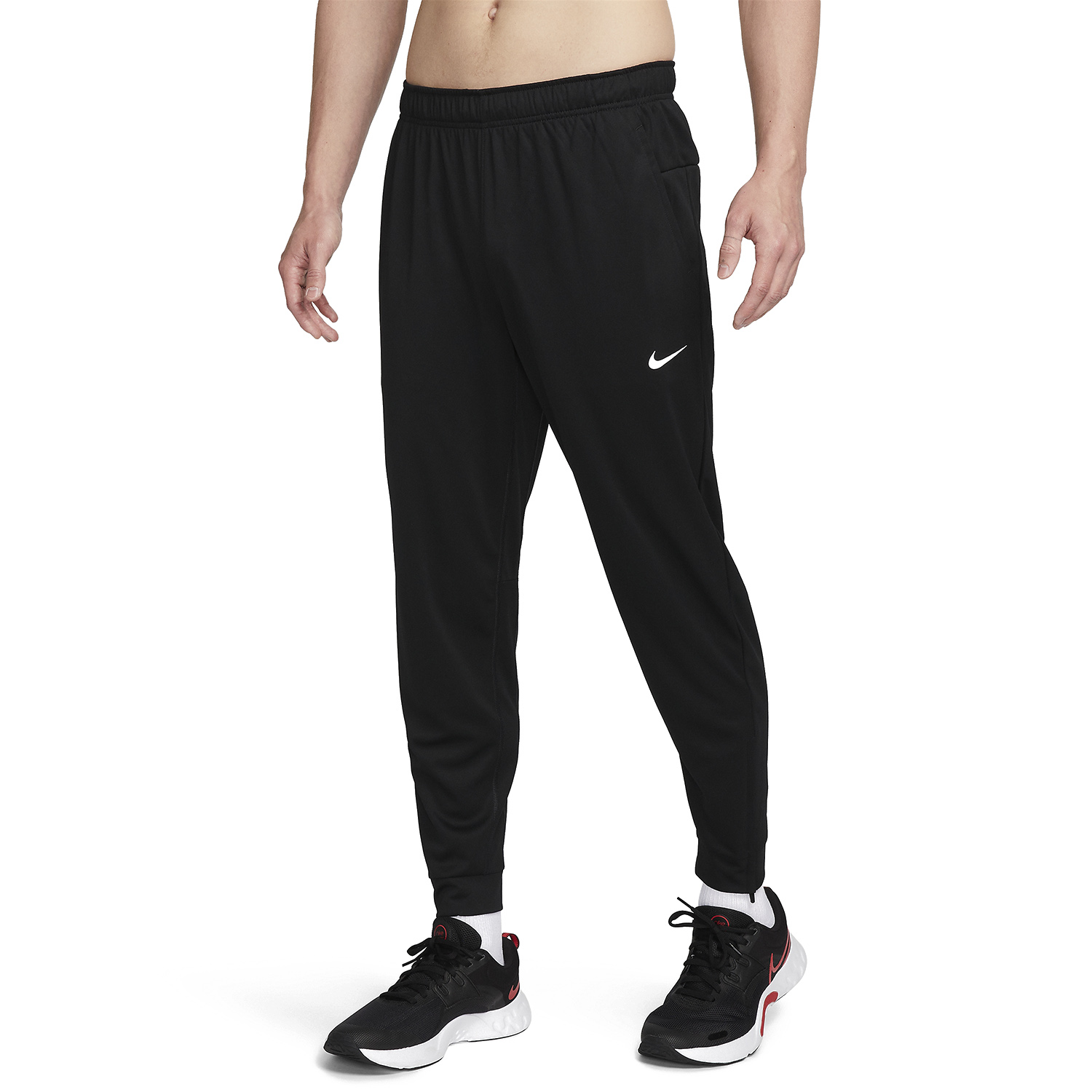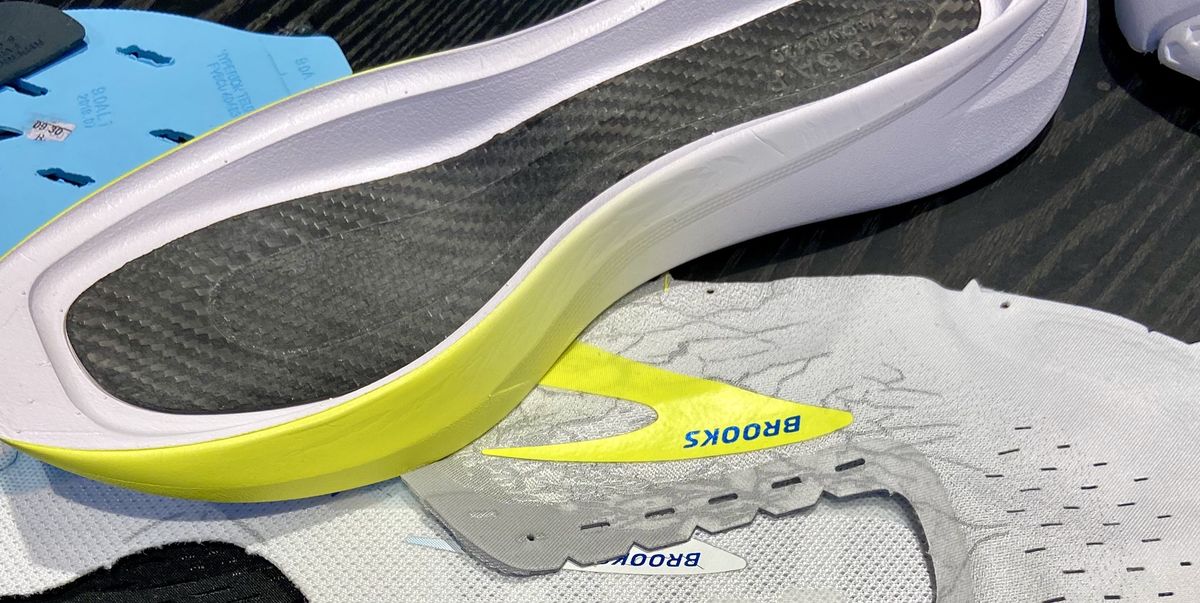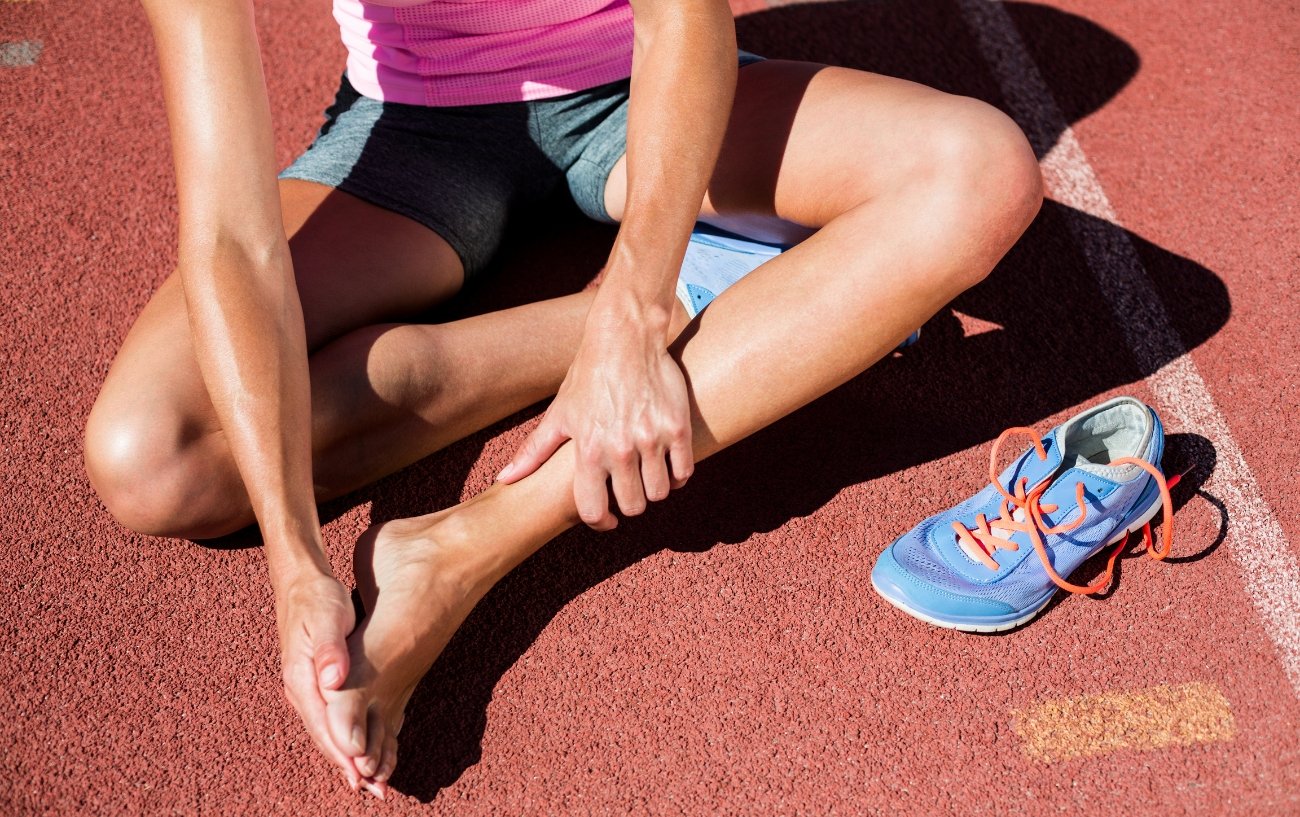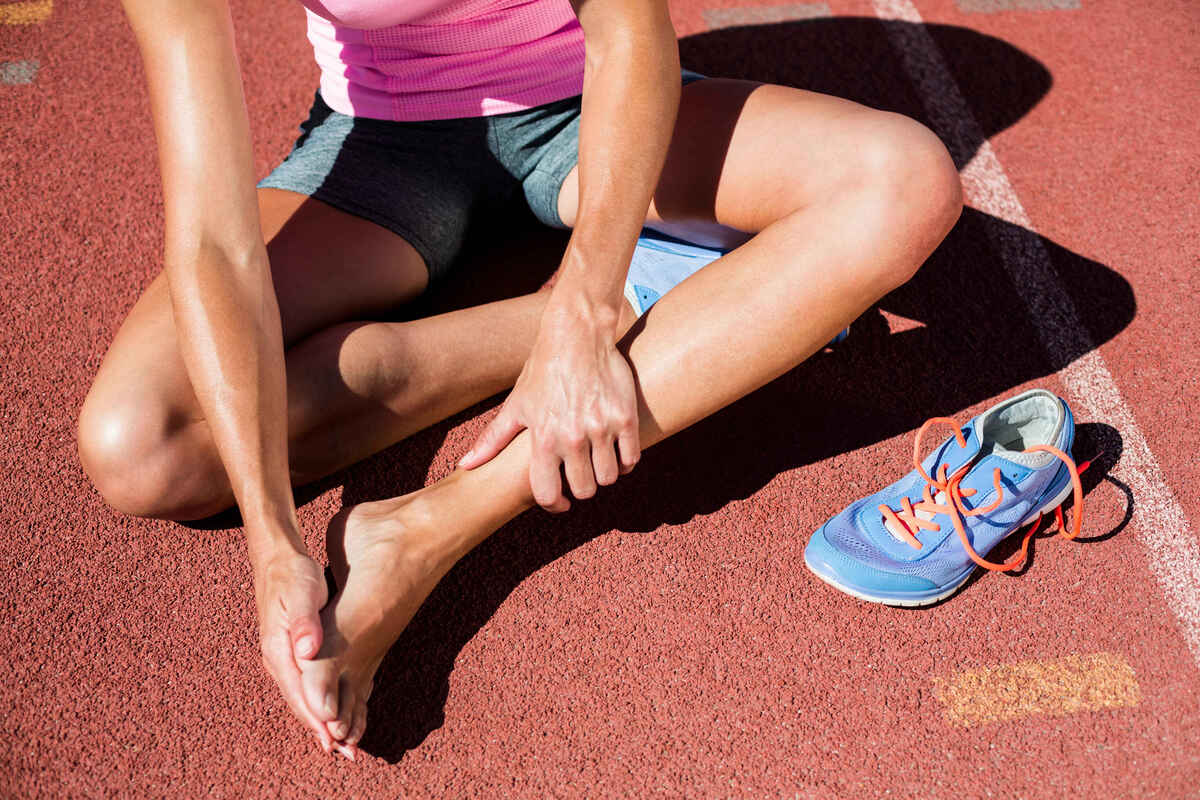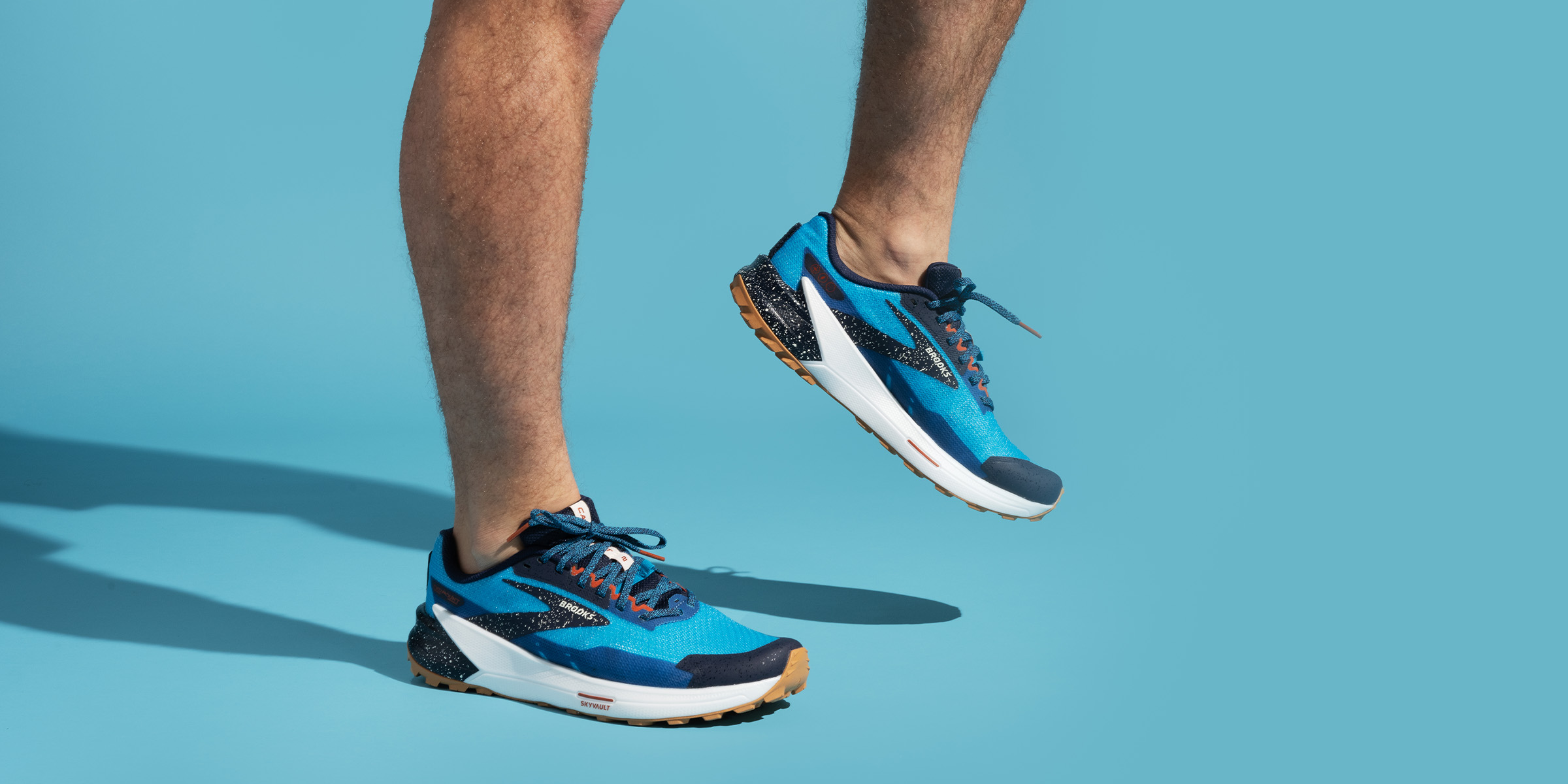

Featured
What Running Shoes Are Best For Me
Modified: August 19, 2023
Discover the featured running shoes that are best suited for you. Find the perfect pair for your running style and experience ultimate comfort and performance.
Introduction
Welcome to the world of running! Whether you’re a seasoned marathoner or just starting out on your fitness journey, one of the most important investments you can make is a pair of high-quality running shoes. But with the overwhelming array of options available, how do you know which ones are the best fit for you?
Choosing the right running shoes is vital to ensure your comfort, prevent injuries, and optimize your performance. Not all running shoes are created equal; each brand and model is designed with specific features and technology to cater to different types of runners and running styles.
In this article, we will dive into the key factors you should consider before choosing your running shoes. We will explore the different types of running shoes available, discuss the impact of pronation on shoe selection, highlight the importance of proper fit, and analyze the differences between cushioning, support, stability, and lightweight shoes.
Furthermore, we will compare trail running shoes with road running shoes, and minimalist shoes with traditional running shoes, to help you determine which is the best option for your needs. By the end of this article, you will be armed with the knowledge and confidence to choose the perfect pair of running shoes.
So, whether you’re hitting the pavement or tackling rugged trails, let’s lace up our shoes and embark on this informative journey to find the best running shoes for you.
Factors to Consider Before Choosing Running Shoes
Before purchasing running shoes, it’s essential to consider several key factors to ensure you make the right choice. These factors will help determine the type of shoes that best suit your running style, foot shape, and specific needs. Let’s explore these factors in detail.
- Foot Type and Shape: Understanding your foot type is crucial in finding the right running shoes. There are three common foot types: flat arches, neutral arches, and high arches. Flat arches require shoes with more stability and motion control, while high arches benefit from shoes with extra cushioning and flexibility. Neutral arches can usually handle a wide range of shoe types, but it’s still important to consider other factors.
- Running Gait: Your running gait refers to how your foot strikes the ground when you run. There are three main types: overpronation, underpronation (also known as supination), and neutral pronation. Overpronation occurs when the foot rolls inward excessively, and underpronation happens when the foot rolls outward. Knowing your running gait will help determine the level of support and cushioning you need in your shoes.
- Running Surface: Consider the type of surface you usually run on. If you primarily run on roads or pavement, road running shoes with good shock absorption are ideal. For off-road running, such as trails or uneven terrains, trail running shoes with added traction and durability are recommended.
- Distance and Intensity: The distance and intensity of your runs should also influence your shoe selection. If you’re a beginner or primarily engage in shorter runs, you may opt for shoes with more cushioning and comfort. Long-distance runners or those training for races may prefer lightweight shoes that offer improved responsiveness and energy return.
- Injury History: If you have a history of foot, knee, or leg injuries, it’s crucial to choose shoes that provide the necessary support and stability to prevent further damage. Consult with a healthcare professional or a specialty running store to find the right shoes for your specific needs.
By considering these factors when choosing your running shoes, you can make a more informed decision that maximizes comfort, reduces the risk of injuries, and enhances your overall running experience. Now that we’ve discussed the important factors, let’s explore the different types of running shoes available.
Different Types of Running Shoes
When it comes to running shoes, there isn’t a one-size-fits-all solution. Different types of running shoes are designed to cater to specific needs, running styles, and terrains. Let’s explore some of the most common types:
- Neutral/Cushioned Shoes: These shoes are designed for runners with a normal arch and a neutral pronation pattern. They provide ample cushioning to absorb shock and provide a comfortable ride. Neutral shoes are ideal for long-distance runners or those looking for maximum comfort.
- Stability Shoes: Stability shoes are built with added support features to help control the inward roll of the foot (overpronation). They offer a good balance of cushioning and stability, making them suitable for runners with mild to moderate overpronation.
- Motion Control Shoes: Motion control shoes are engineered with maximum support and stability features. They are best suited for runners with severe overpronation or flat feet. These shoes offer excellent control and prevent excessive inward rolling of the foot.
- Minimalist Shoes: Minimalist shoes are lightweight and have a low-profile design. They aim to mimic barefoot running, promoting a more natural gait and foot strike. Minimalist shoes are suitable for experienced runners with strong foot and leg muscles.
- Trail Running Shoes: Trail running shoes are specifically designed for off-road running. They have rugged soles with aggressive treads for enhanced traction on uneven surfaces. These shoes offer superior protection, stability, and durability, making them ideal for trail runners and hikers.
- Road Running Shoes: Road running shoes are designed for running on paved surfaces like roads and sidewalks. They prioritize cushioning and shock absorption to provide a smooth and comfortable ride on hard urban terrain.
Keep in mind that these categories are not rigidly defined, and there can be overlap between different types of running shoes. It’s important to try on different shoes and find the one that feels the most comfortable and supportive for your specific needs.
Now that we have explored the different types of running shoes, let’s delve into the impact of pronation on shoe selection and why proper fit matters in the next sections.
Pronation and its Impact on Shoe Selection
Pronation refers to the natural inward roll of the foot as it strikes the ground during the running or walking gait. Understanding your pronation type is essential as it greatly influences the type of running shoe that will provide the appropriate support and stability. Let’s explore the different pronation types and their impact on shoe selection:
- Neutral Pronation: If you have neutral pronation, your foot rolls inward slightly to help absorb shock, distributing the impact evenly. Neutral pronators have a natural gait and can wear a wide range of shoe types, including neutral, cushioned, or stability shoes.
- Overpronation: Overpronation occurs when the foot rolls excessively inward, causing the arch to collapse. This can lead to instability, fatigue, and an increased risk of injuries. Runners with overpronation should look for stability or motion control shoes that provide adequate support for the arch and help correct the inward roll.
- Underpronation (Supination): Underpronation, or supination, is when the foot rolls outward instead of inward. This places excessive pressure on the outer edge of the foot, which can lead to stress on the ankles and knees. Runners with underpronation should choose shoes with extra cushioning to help absorb shock and provide better support for the foot.
Identifying your pronation type can be done through various methods, including a gait analysis at a specialty running store or consulting with a healthcare professional. They will assess your running gait and provide valuable insights into your pronation type.
It’s important to note that while pronation is a crucial factor in shoe selection, it’s not the sole determining factor. Your foot type, running style, and other factors discussed earlier should also be taken into account. Therefore, it’s recommended to seek expert advice to ensure you choose the right shoes for your individual needs.
Now that we’ve discussed the impact of pronation on shoe selection, let’s move on to the importance of proper fit in running shoes.
The Importance of Proper Fit
When it comes to running shoes, achieving a proper fit is paramount. Ill-fitting shoes can lead to discomfort, pain, blisters, and even injuries. Here are the key reasons why proper fit is crucial:
- Comfort: Running in shoes that fit well is essential for your overall comfort. Shoes that are too tight or too loose can cause rubbing, hot spots, and discomfort, hindering your performance and enjoyment. A proper fit ensures that your foot has enough room to move comfortably within the shoe without excessive movement or constriction.
- Stability: Properly fitting shoes provide the necessary stability and support for your foot. A well-fitted shoe will hug your foot securely, preventing excessive pronation or supination and promoting a stable stride. This can help reduce the risk of injuries caused by foot instability and misalignment.
- Prevention of Injuries: Ill-fitting shoes can contribute to various foot and leg injuries. Shoes that are too tight can cause blisters, calluses, and even toenail injuries. Shoes that are too loose can lead to foot slippage and instability, increasing the risk of sprains or strains. A proper fit minimizes these risks by providing the right amount of support and preventing unnecessary movement.
- Optimal Performance: When your shoes fit properly, you’ll experience better performance during your runs. A secure and comfortable fit allows for efficient energy transfer and optimal foot mechanics. This can help you maintain a consistent stride, improve your speed, and reduce fatigue, ultimately enhancing your overall running performance.
To ensure a proper fit, consider the following tips:
- Get your feet measured by a professional shoe fitter. Our foot size can change over time, so it’s important to get accurate measurements.
- Try on shoes in the late afternoon or evening when your feet tend to be slightly larger due to swelling.
- Wear the socks you typically use for running when trying on shoes.
- Ensure there is about a thumb’s width of space between your longest toe (usually the big toe) and the front of the shoe.
- Check for a snug fit around the heel and midfoot, with no slipping or rubbing.
- Walk or run around the store to test the shoe’s comfort and fit before making a purchase.
Remember, a proper fit is key to a successful and enjoyable running experience. Take the time to find shoes that fit your feet correctly to reap the many benefits they offer.
Now that we’ve emphasized the importance of proper fit, let’s delve into the differences between cushioning and support in running shoes.
Cushioning and Support in Running Shoes
When selecting running shoes, two essential factors to consider are cushioning and support. These attributes play a significant role in providing comfort, stability, and protection during your runs. Let’s explore the differences between cushioning and support in running shoes:
Cushioning: Cushioning refers to the ability of a shoe to absorb shock and impact forces generated while running. It provides padding and reduces the strain on your joints and muscles, promoting a more comfortable running experience. Cushioning is typically achieved through the use of responsive midsole materials, such as foam or gel, placed in the heel, forefoot, or throughout the entire midsole of the shoe. The level of cushioning can vary, ranging from minimal to maximal, depending on the shoe type and personal preference.
Support: Support, on the other hand, focuses on stabilizing the foot and preventing excessive pronation (inward rolling) during the gait cycle. Support features in running shoes are designed to provide structure and limit excessive foot movement, thereby reducing the risk of injuries. Support can be achieved through various mechanisms, including the use of firmer midsole materials, medial posts, or stability features that help guide the foot into a more neutral position.
It’s important to note that cushioning and support are not mutually exclusive. Many running shoes offer a combination of both cushioning and support, catering to different running styles and foot types. Some runners may prioritize cushioning for a plush and comfortable ride, while others may require additional support to address issues related to overpronation or underpronation.
The ideal balance between cushioning and support will depend on various factors, such as your foot type, pronation pattern, running distance, and personal preference. It’s crucial to consider these factors and try on different shoes to determine the right level of cushioning and support for your individual needs.
Ultimately, finding the proper balance between cushioning and support will ensure you have a comfortable and stable foundation for your runs, reducing the risk of injuries and allowing you to perform at your best.
Now, let’s explore the differences between lightweight and stability shoes in the next section.
Lightweight vs. Stability Shoes
When it comes to running shoes, two popular categories to consider are lightweight and stability shoes. Each option offers unique benefits and is designed for different types of runners. Let’s explore the differences between lightweight and stability shoes:
Lightweight Shoes: As the name suggests, lightweight shoes are designed to minimize weight without sacrificing performance. They prioritize agility, flexibility, and speed, making them ideal for runners who want to feel fast and nimble on their feet. Lightweight shoes typically have a reduced amount of cushioning and support compared to other shoe types. They are often favored by experienced runners or those looking to improve their speed and race performance.
While lightweight shoes can be a great choice for some runners, they may not be suitable for everyone. They tend to offer less support for those with overpronation or flat feet, and they may not provide enough cushioning for long-distance runs or individuals who require additional joint protection. It’s important to consider your specific needs and running style when considering lightweight shoes.
Stability Shoes: Stability shoes are designed to provide an optimal balance between cushioning, support, and stability. They are typically recommended for runners with mild to moderate overpronation or those who desire extra support during their runs. Stability shoes often feature medial posts, denser foam in the midsole, or other support features to help reduce the degree of pronation and promote a more neutral foot strike.
Stability shoes can be a good option for runners who need a little extra support and stability but still want a comfortable and well-cushioned shoe. They are suitable for both long-distance running and shorter, faster workouts. However, it’s important to note that stability shoes may not be necessary for individuals with neutral pronation or those who find them too restrictive or heavy for their running style.
Choosing between lightweight and stability shoes ultimately depends on your specific needs, running goals, and foot type. It can be beneficial to try on both types of shoes and see which feels more comfortable and supportive for your feet. Consider factors such as your pronation pattern, running distance, and personal preferences to make an informed decision.
Now that we’ve explored the differences between lightweight and stability shoes, let’s dive into the distinctions between trail running shoes and road running shoes.
Trail Running Shoes vs. Road Running Shoes
When it comes to running shoes, one of the key considerations is the type of terrain you’ll be running on. Trail running shoes and road running shoes are specially designed to cater to different environments and challenges. Let’s explore the distinctions between trail running shoes and road running shoes:
Trail Running Shoes: Trail running shoes are specifically engineered for off-road running on varied terrains such as dirt paths, rocky trails, and muddy surfaces. They are designed to provide superior traction and protection to withstand the demands of rugged environments. Trail running shoes often feature aggressive outsole treads that offer grip and stability on uneven surfaces. They also have additional protective elements, such as toe guards, rock plates, and reinforced uppers to shield against trail debris. The construction of trail running shoes aims to provide stability, durability, and enhanced performance when encountering challenging terrains.
Road Running Shoes: Road running shoes, as the name suggests, are designed for running on pavement, asphalt, or other hard, even surfaces. These shoes prioritize cushioning, responsiveness, and lightweight design to optimize performance on flat terrains. Road running shoes typically have a smoother outsole tread pattern, aimed at providing traction on paved surfaces without compromising flexibility. They offer ample cushioning to absorb impact and promote a smooth stride on the hard road. Road running shoes may also incorporate supportive elements to cater to individual needs, such as stability features for overpronators or cushioning enhancements for long-distance runners.
It’s important to choose the right type of shoe based on your intended running surface. Using trail running shoes on the road can result in excessive wear and reduced performance, while road running shoes may lack the necessary grip and protection needed for trail running.
While trail running shoes and road running shoes differ in design and function, there can be some crossover in their versatility. Some running shoes are designed to be hybrid models, capable of performing well on both trails and roads. These shoes offer a balance between the features of trail and road running shoes, making them a suitable choice for runners who enjoy a mix of terrain or need versatility in their running footwear.
Ultimately, the choice between trail running shoes and road running shoes depends on your primary running environment and personal preferences. Consider factors such as the terrain you’ll be running on, the level of protection and traction required, and your specific running goals to make an informed decision.
Now that we’ve explored the differences between trail running shoes and road running shoes, let’s move on to comparing minimalist shoes and traditional running shoes.
Minimalist Shoes vs. Traditional Running Shoes
In recent years, minimalist shoes have gained popularity among runners as an alternative to traditional running shoes. Minimalist shoes aim to provide a more natural running experience, but they differ significantly from traditional running shoes in terms of design and function. Let’s compare minimalist shoes and traditional running shoes to understand their key distinctions:
Minimalist Shoes: Minimalist shoes are characterized by their lightweight, low-profile design and minimal cushioning. These shoes aim to mimic barefoot running by providing a closer connection to the ground and facilitating a more natural foot movement. They typically have a lower heel-to-toe drop and a flexible, thin sole that allows for greater sensory feedback. Minimalist shoes encourage a midfoot or forefoot strike, promoting a more efficient running gait and improved lower leg strength. These shoes are often favored by experienced runners with strong foot and leg muscles or those seeking a more immersive and connected running experience.
Traditional Running Shoes: Traditional running shoes, also known as cushioned shoes, are designed with more cushioning and support to provide shock absorption and protection. They have a higher heel-to-toe drop, with additional cushioning in the heel and forefoot regions. Traditional running shoes offer a more structured and comfortable ride, making them ideal for longer runs or runners who require more cushioning and stability. They can accommodate a variety of foot types and running styles, providing a balance of support, cushioning, and responsiveness.
It’s important to note that transitioning to minimalist shoes requires a gradual approach and a period of adaptation. The lower cushioning and different foot strike pattern may put additional stress on the lower legs and feet, so it’s crucial to allow time for the muscles and tendons to strengthen and adjust to the new running style.
Deciding between minimalist shoes and traditional running shoes depends on a runner’s preference, running goals, and individual needs. Some runners may find minimalist shoes beneficial for developing a more natural running form, while others may prefer the comfort and protection provided by traditional running shoes. It’s essential to consider factors such as running surface, distance, injury history, foot strength, and personal preferences when making a decision.
In recent years, hybrid models have also emerged, combining elements of minimalist and traditional running shoes. These shoes attempt to strike a balance between the benefits of both styles, appealing to runners who desire a moderate amount of cushioning, flexibility, and support.
Now that we’ve compared minimalist shoes and traditional running shoes, let’s move on to some practical tips for selecting the best running shoes.
Tips for Selecting the Best Running Shoes
Choosing the best running shoes may seem overwhelming, but with some guidance and knowledge, you can find the perfect pair that meets your specific needs. Consider the following tips to help you make an informed decision:
- Do a Gait Analysis: Visit a specialty running store or have a gait analysis done to determine your running gait and pronation type. This will help guide you towards the right type of shoe for your specific needs.
- Consider Foot Type: Understand your foot type, including arch height and shape. This will influence the level of support and cushioning you require.
- Try Before You Buy: Always try on running shoes before making a purchase. Walk or run around the store to assess comfort, fit, and any potential discomfort or pressure points.
- Get Properly Fitted: Visit a professional shoe fitter who can measure your feet and guide you towards the correct shoe size and width.
- Consider Your Running Goals: Determine your running goals, whether it’s long-distance running, speed training, or trail running. Different types of shoes are designed to cater to specific running styles and terrains.
- Read Reviews: Read reviews and seek recommendations from other runners to gain insights into the comfort, durability, and performance of specific shoe models.
- Budget: While cost should not be the sole factor in your decision, it’s important to consider your budget and find a shoe that offers good value for your investment.
- Replace When Necessary: Pay attention to the wear and tear of your shoes. Ideally, running shoes should be replaced every 300-500 miles or when you notice signs of significant wear or loss of cushioning.
- Consult with Experts: If you have specific foot conditions, injuries, or concerns, consult with healthcare professionals, such as podiatrists or sports medicine specialists, who can offer specialized advice.
Remember, selecting the best running shoes is a highly individual process. It’s important to prioritize comfort, support, and performance to ensure an enjoyable and injury-free running experience. Take your time, try on multiple options, and consider the unique characteristics of your feet and running style.
By following these tips, you’ll be well on your way to finding the perfect pair of running shoes that will support you on your fitness journey.
Now that we’ve covered some helpful tips, let’s wrap up this article by summarizing the key points we’ve discussed.
Conclusion
Choosing the best running shoes is a decision that requires careful consideration of various factors. By assessing your foot type, pronation pattern, running goals, and the terrain you’ll be running on, you can narrow down your options and find the shoes that will optimize your comfort, support, and performance.
Remember, factors such as cushioning, stability, lightweight design, and traction are important considerations when selecting running shoes. Consider your specific needs and preferences, and don’t hesitate to seek expert advice, such as gait analysis or consultation with professionals to ensure that you make the best choice.
Whether you opt for minimalist shoes or traditional running shoes, understand the advantages and potential challenges each type offers. Always prioritize a proper fit, as it is crucial for comfort, stability, injury prevention, and optimal running performance.
Investing in high-quality running shoes is an investment in your health and enjoyment of running. Take the time to research, try on different pairs, and gather feedback from other runners to make an informed decision.
Ultimately, the best running shoe is the one that makes you feel confident, comfortable, and supported throughout your runs. So, lace up your shoes and hit the road or trail, knowing that you have chosen the perfect companion to accompany you on your running journey.




